Echoes of Ancient Lands
Malikarjuna Temple Badami India
Mother Masala Tours
Mythical Figures In Stone
Malikarjuna Temple Badami India. Amongst the striking red sandstone cliffs that define the historic town, and serves as a powerful symbol of the Karnatakas rich cultural legacy. Constructed during the 6th century CE, this temple complex reflects the creativity and skill of the Chalukya Dynasty, who played a pivotal role in shaping the architecture and spirituality of Southern India. The temple is largely attributed to King Somesvara I, a notable ruler who significantly impacted the region’s cultural landscape. It is dedicated to Shiva, one of the principal deities in Hinduism, revealing the profound spiritual importance this deity holds for the local population. Over the years, the temple has attracted countless pilgrims and devotees who seek blessings and engage in rituals that honor their faith.
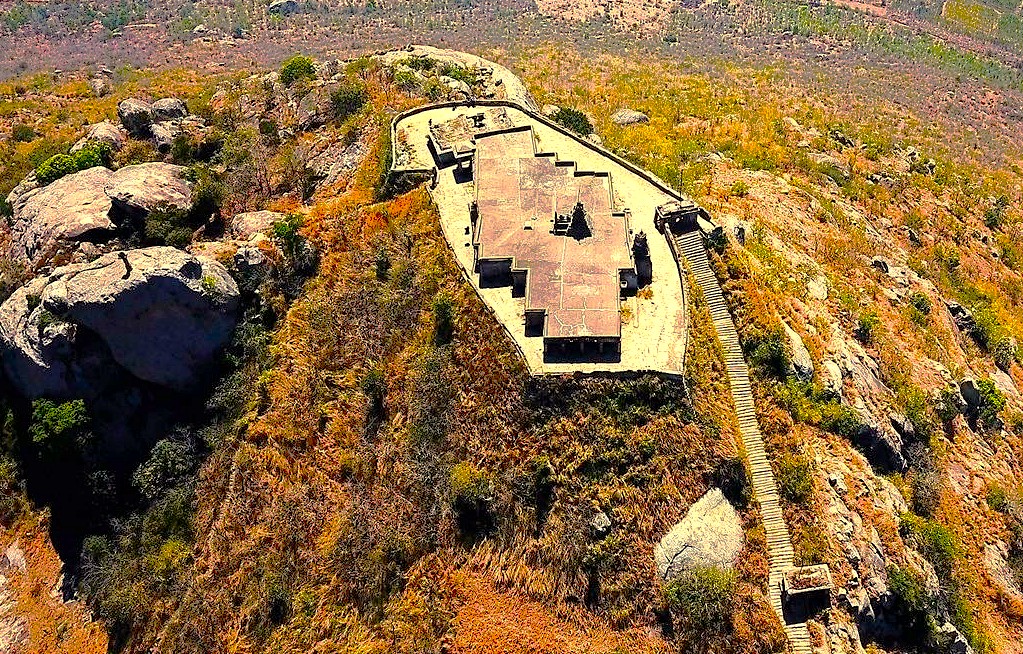
Malikarjuna Temple Badami India: Sacred Spaces
Within the Malikarjuna Temple Badami, several notable artifacts and sacred spaces invite contemplation and reflection. The temple itself features intricately carved stone panels depicting various deities, celestial beings, and mythological narratives, providing us with insights into the artistic practices of the time. Each carving is not just ornamental; it serves to communicate stories integral to the local belief system. The sanctum sanctorum houses a Shiva linga, the symbolic form of Shiva that represents his infinite nature. Surrounding this central deity, you will find structures that serve both devotional and communal purposes, integrating the spiritual with the everyday lives of worshippers.
Ancient Mosaics: Impeccable Craftsmanship
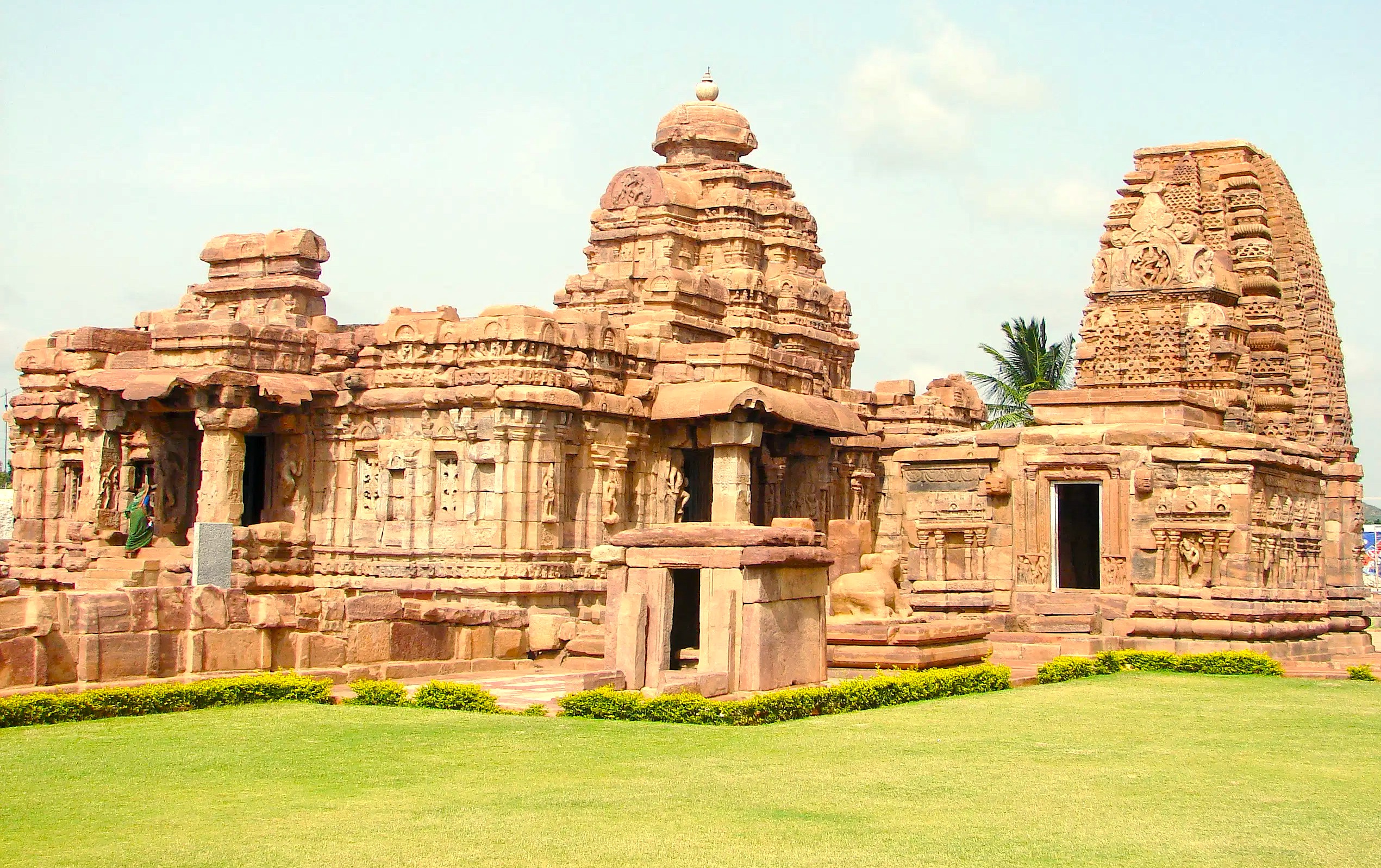
The craftsmanship displayed at the Temple is a testament to the skill and artistry of the Chalukyan builders. Constructed in the 6th century CE, the temple incorporates exquisite carvings that demonstrate an advanced understanding of form and detail. The artisans likely belonged to specialized guilds known for their intricate stonework. One example can be found in the ornate pillars that support the temple structure. Each pillar is adorned with delicate motifs depicting gods and goddesses, conveying a sense of divine presence.
The Pulse of the Local Community
Malikarjuna Temple Badami India. Daily life around Temple moves at a steady pace with locals going about their regular routines. We see people walking to work, carrying water containers, and managing household tasks along the temple streets. Pujaris arrive early each morning to prepare the temple spaces, lighting lamps and arranging flowers while checking on various sections. Market vendors set up their stalls nearby, selling vegetables, fruits, and basic supplies to people passing through the area. Children head to school along the same paths, while women gather at water points for daily washing and cleaning tasks.
Capturing the Magic: A Photographic Haven
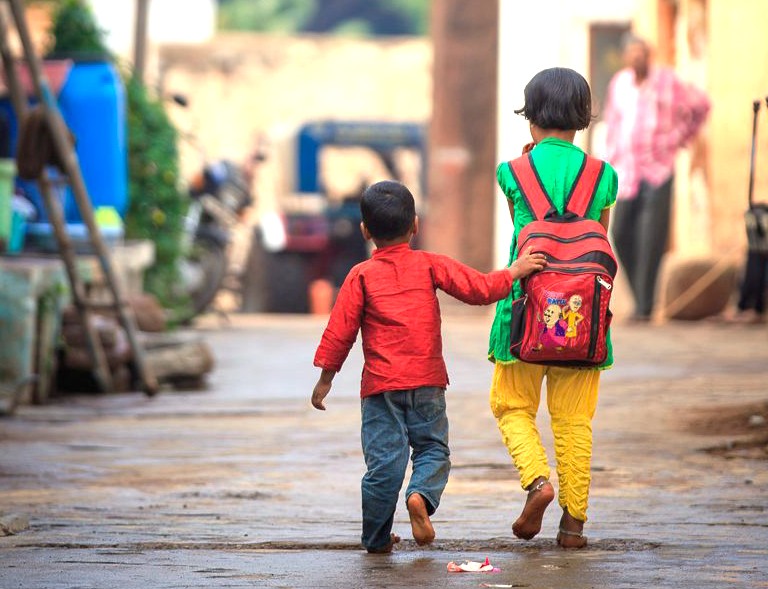
The Temple gives opportunities to take many photos as we walk through its grounds. Carved stone panels appear along pathways and close to entrances, with patterns and images showing the work of skilled artisans. Tall cliffs rise behind the temple, creating a strong natural backdrop for scenes from different viewpoints. Some parts of the temple area have steps and shaded corners, which allow for a range of angles in pictures. Details in the stonework shift with the light throughout the day. People from the area walk by as they go about their regular routines, adding everyday movement that contrasts with the steady presence of the temple structure.
Festivals of Devotion: Honouring the Sacred and the Divine
A major festival celebrated in honor of Shiva is Mahashivaratri, which occurs annually, typically in February or March. During this time, the temple grounds come alive with activity as devotees prepare for night-long vigils filled with rituals, offerings, and prayers. Local families come together to celebrate this sacred occasion, and the processions around the temple often include music, dance, and traditional foods. Participants recall the story of Shiva performing the cosmic dance that signifies creation, preservation, and destruction, which is integral to the beliefs surrounding the festival.
The Connection with the Gods

At the Temple, devotion to Shiva sits at the center. Stories in the area describe life, death, and renewal as parts of one ongoing cycle here. People mention simple accounts of protection during hardship, told across seasons and market days nearby today. Parvati appears in local narratives as steady support, guiding households and gatherings with measured grace daily. Walking through courtyards, noticing carvings, lamp stands, and patterns that frame these traditions. Vendors set up near the lanes, while temple bells mark time and people around us continue regular routines.
Ancient Technologies: Sacred Sound, Geometry & Astrological Influences
Malikarjuna Temple Badami India. The design of the Temple reflects an understanding of Vastu Shashtra sacred geometry and astrological principles. The layout is carefully planned to align with celestial bodies and natural elements, enhancing the spiritual experience for worshippers. The materials used, such as red sandstone, are known for their durability and unique acoustic properties. This can create specific sound frequencies within the temple space. Solefeggio frequencies for instance, is associated with healing and transformation, and the temple’s design, also encourages resonance that enhances meditation practices.
Serendipitous Meetings: Beyond the Main Path
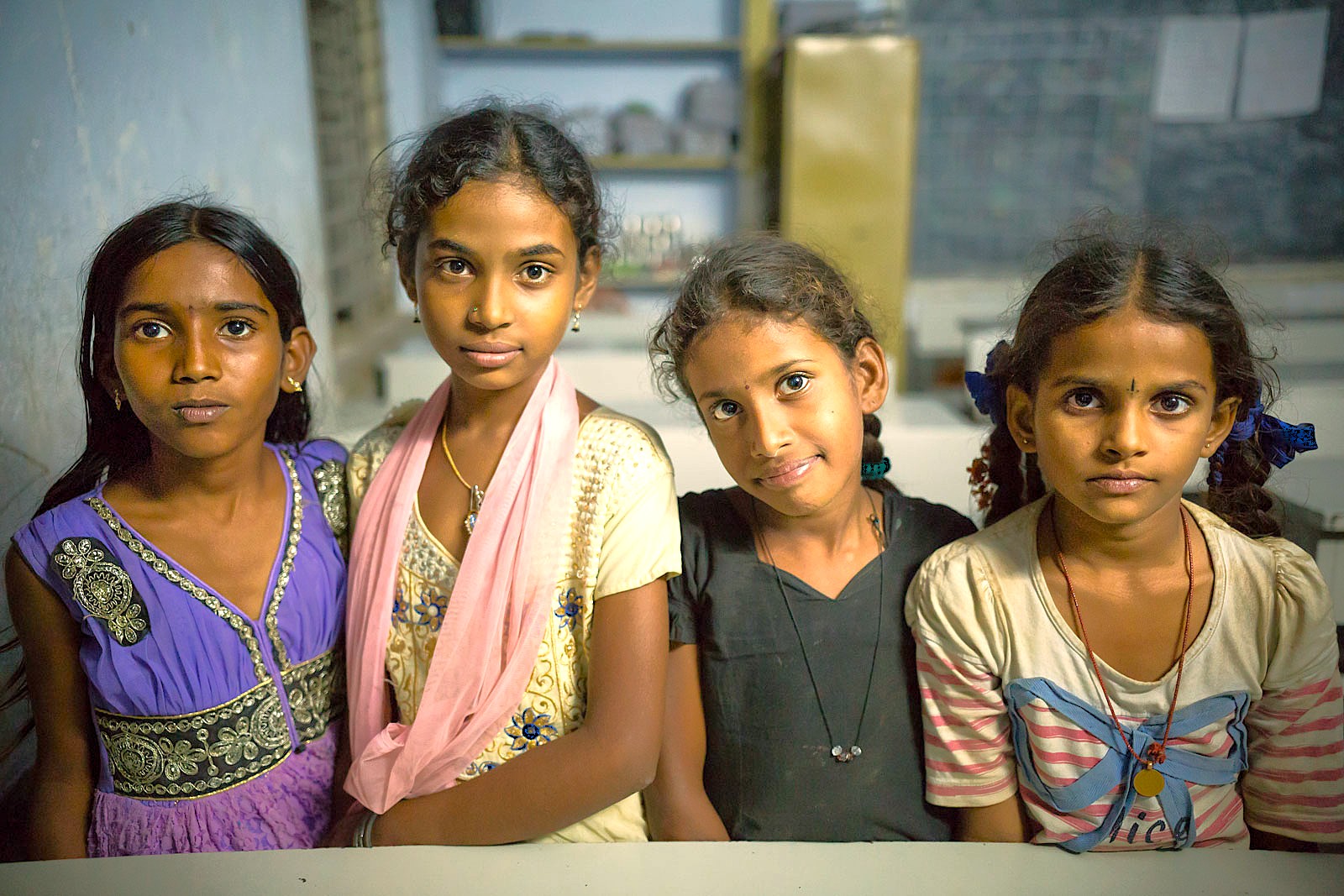
We walk the streets around Malikarjuna Temple, seeing small workshops and everyday trade in motion. Artisans work at open doorways, revealing careful methods and rhythms learned through patient practice across years. We watch potters shape clay on wheels while weavers guide threads into patterned textiles on simple looms. Metalworkers file edges, carve motifs, and assemble tools and ornaments that suit everyday tasks in town. Markets line the lanes, revealing spices, textiles, carved pieces, and household items arranged for easy browsing.
Resilience and Renewal: Overcoming Adversity Challenges
The history of the Malikarjuna Temple Badami, is intertwined with events that have tested the resilience of the local community. One significant challenge occurred in 1565, during the Battle of Talikota, when the Vijayanagara Dynasty faced a critical defeat. This event led to considerable destruction and decline in the region, impacting both the temple and its followers. In the years following the battle, the community came together to rebuild and restore their heritage. Their perseverance helped maintain the temple's significance as a spiritual center. During the following decades, various initiatives were undertaken to revitalize the area, reflecting the enduring spirit of the local populace. The harsh realities faced over time, including natural disasters and political upheavals, have strengthened the community's bond, ensuring that their traditions and values endure through adversity.
Urban Legends: Strange Sightings, Myths and Mysteries

Around Malikarjuna Temple, we hear local legends that give the area a quiet intrigue. One long-told story mentions a hidden treasure buried nearby by an ancient ruler generations ago. We walk the lanes, looking at markers and old stones, while hearing simple versions of that tale. Another account describes lightlike guardians near the temple at night, appearing during festivals according to locals. Some say these figures arrive with music and lamps, then fade as crowds disperse. Legends circulate, revealing a living backdrop to the wonder of this place.
Holy Fenugreek Finds, It’s India, Join Us
We invite you to join us on this adventure through the rich tapestry of history and culture surrounding the Malikarjuna Temple. As we uncover the intricate details of its artistry, savor local flavors, and engage with the spiritual traditions of the community, you will experience the profound significance of this sacred site for yourself. Together, let’s traverse this historical landscape, immersing ourselves in the stories that shape its identity.
Symphony of Generosity: Offerings from Wanderers to Residents
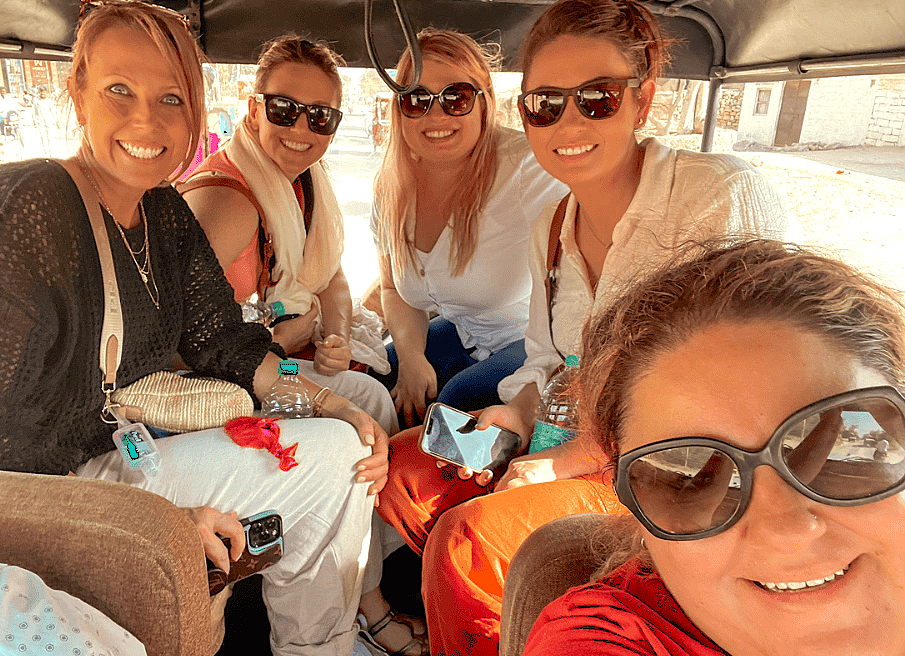
Malikarjuna Temple Badami India. The exchange between local people and those exploring the region shapes daily life around Malikarjuna Temple. Artisans line the market streets with crafted items, textiles, and simple tools. We pick out goods, sometimes asking about how fabrics are made or how a design comes together. Every trade feels ordinary, handled with a direct word or short exchange. This contact supports makers, helps local workers, and encourages us to notice different habits. Occasionally we join gatherings for food or small rituals, observing the regular routines that shape the area. These experiences reveal a steady link between the market activities, old stories, and the traditions that remain.